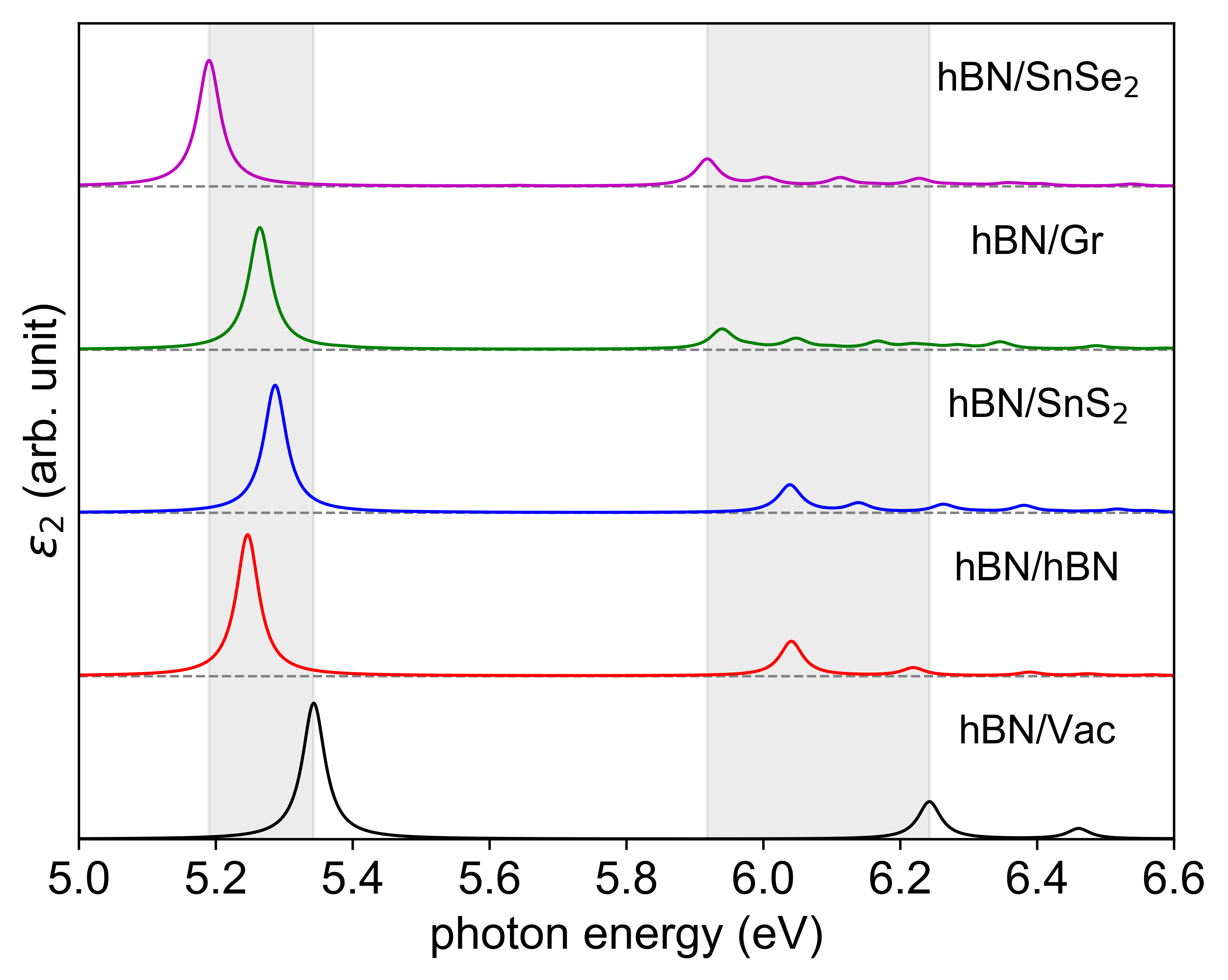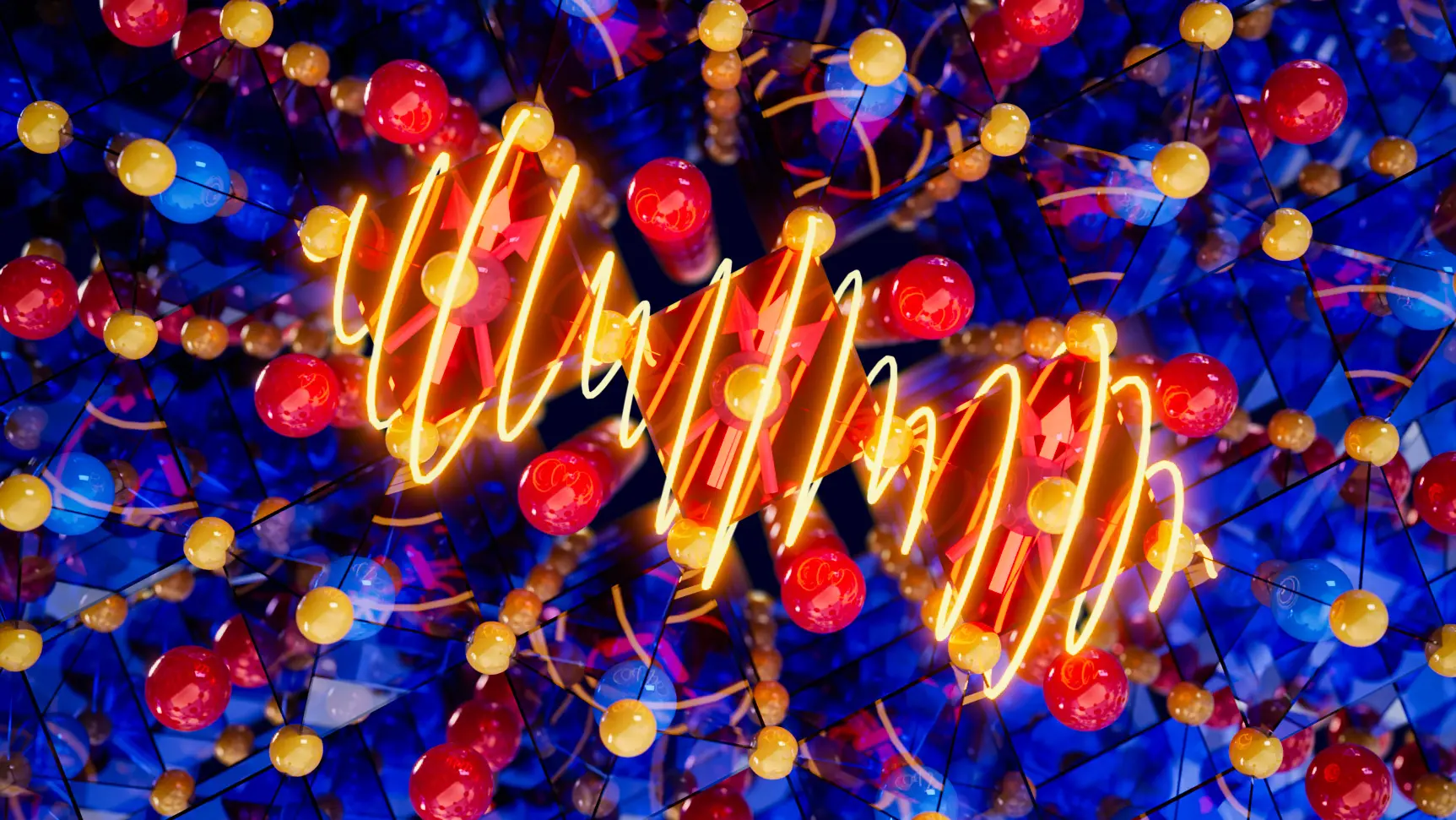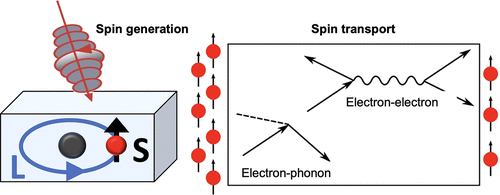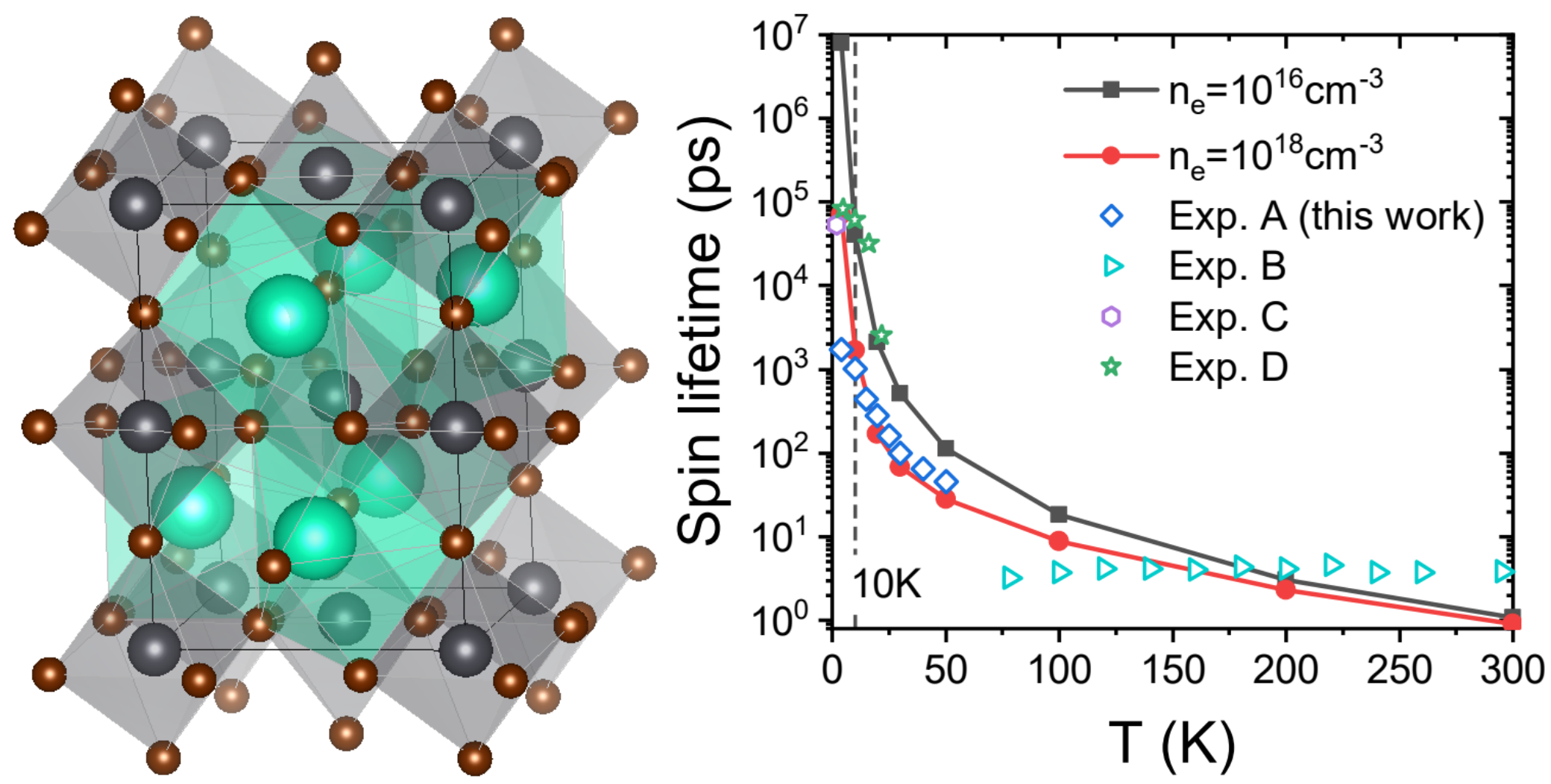Congratulations to Chunhao Guo, Junqing Xu and Prof. Ping for their work on “Substrate Effect on Excitonic Shift and Radiative Lifetime of Two-Dimensional Materials”, published on Journal of Physics: Condensed Matter! This work is published as part of a special Emerging Leaders issue. Link to the published article.
Abstract: Substrates have strong effects on optoelectronic properties of two-dimensional (2D) materials, which have emerged as promising platforms for exotic physical phenomena and outstanding applications. To reliably interpret experimental results and predict such effects at 2D interfaces, theoretical methods accurately describing electron correlation and electron-hole interaction such as first-principles many-body perturbation theory are necessary. In our previous work (2020 Phys. Rev. B 102 205113), we developed the reciprocal-space linear interpolation method that can take into account the effects of substrate screening for arbitrarily lattice-mismatched interfaces at the GW level of approximation. In this work, we apply this method to examine the substrate effect on excitonic excitation and recombination of 2D materials by solving the Bethe–Salpeter equation. We predict the nonrigid shift of 1s and 2s excitonic peaks due to substrate screening, in excellent agreements with experiments. We then reveal its underlying physical mechanism through 2D hydrogen model and the linear relation between quasiparticle gaps and exciton binding energies when varying the substrate screening. At the end, we calculate the exciton radiative lifetime of monolayer hexagonal boron nitride with various substrates at zero and room temperature, as well as the one of WS2 where we obtain good agreement with experimental lifetime. Our work answers important questions of substrate effects on excitonic properties of 2D interfaces.





